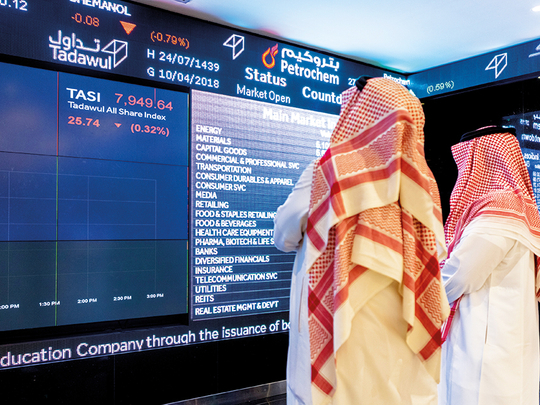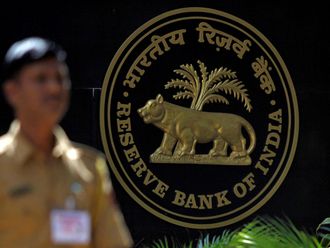
Dubai: Assets under management (AUM) in Islamic mutual funds have increased substantially, having peaked at around $30 billion at end-Q3 2021 before slipping to around $120 billion at end 2021, according to data from Fitch Ratings and Lipper.
Fitch Ratings estimates that the growth rate of Islamic funds (84 per cent) has exceeded that of the broader global mutual fund industry (68 per cent), based on the latest comparable data for the five years to end-Q3 2021, based on Lipper and ICI Global data.
Saudi Arabia and Malaysia remain the pre-eminent Islamic fund domiciles worldwide, reflecting strongly established local markets. Offshore markets, such as Jersey and Luxembourg, also have nascent Islamic fund markets. Jersey is an Islamic exchange-traded fund (ETF) hub, where multiple commodity ETFs (notably gold ETFs) claim Sharia status. Luxembourg has a broader Islamic mutual fund base (see: European Islamic Funds Industry Led by Luxembourg, published 9 December 2021).
Money market funds (MMFs) are the largest Islamic fund type. This is largely driven by Saudi Arabia being the largest Islamic fund domicile, and by MMFs being the dominant fund type in Saudi Arabia. Around 83 per cent of Saudi Islamic fund AUM was invested in MMFs at end-Q4 2021. Conversely, Malaysian fund assets are more spread out, with the largest segment (equity funds) representing 44 per cent of total AUM.
Difining risks
According to Fitch, despite the rising popularity of Islamic funds, structural and legal characteristics of the assets held by Islamic funds can cause rating complexities, notably in the case of defaults in portfolio holdings. Bankruptcy regimes in key sukuk-issuing jurisdictions are, in general, still in the early stages, remaining largely untested and under-developed.
Many of these jurisdictions have updated their bankruptcy laws in recent years, but it remains to be seen how bankruptcy courts treat sukuk defaults compared to bond defaults in such events, whether investors will have full recourse to the issuers, and if sukuk certificate holders will be able to enforce their contractual rights in local courts.
Saudi regulation affords MMFs greater flexibility than US and European MMFs in terms of their market and liquidity risk profiles. For example, US and European regulation typically caps MMFs’ weighted average maturity at 60 days, whereas Saudi MMFs can have up to 120 days. Furthermore, Saudi MMFs have experienced more recent credit volatility than European and US MMFs, with a default affecting the sector in 2020. Unlike European and US MMFs, most Saudi MMFs are not rated, reducing investors’ ability to differentiate funds on their risk profiles.












